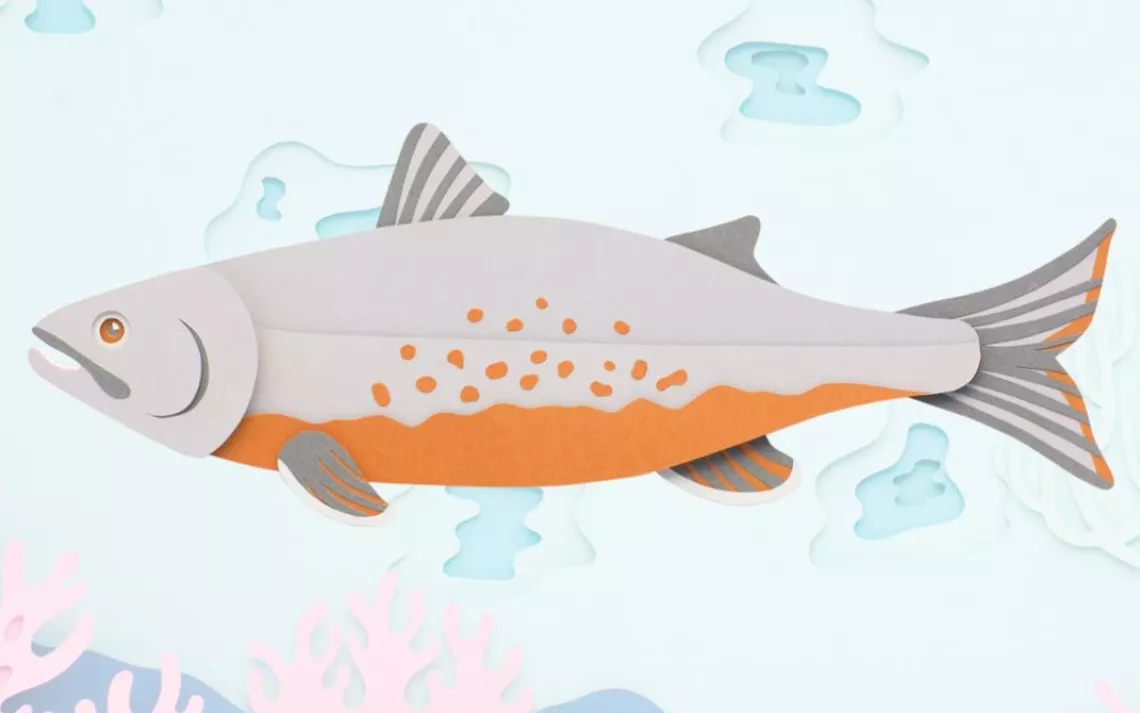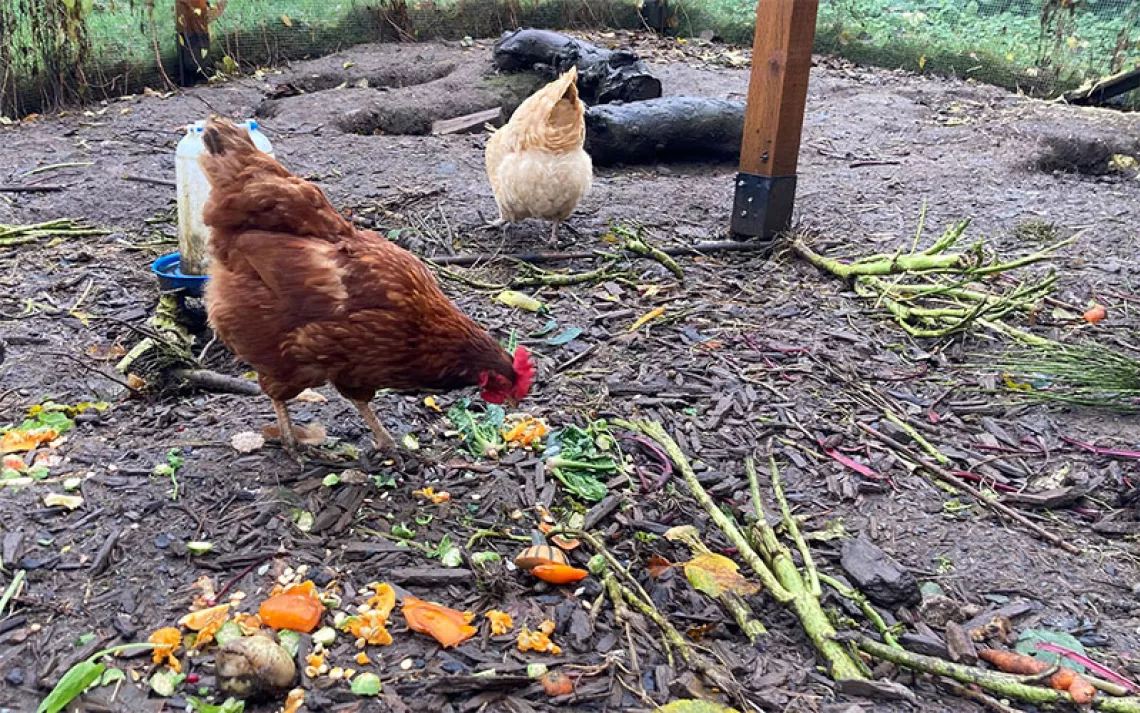Raw Appeal: Which Sushi Fish to Eat—and Which Not to Eat
These five seafood options protect the ocean and taste just as good as their unsustainable counterparts
Sushi might seem simple: a harmonious pairing of fish and rice. But ordering with sustainability in mind can be complicated. It involves abstaining from eel and bluefin tuna and "being a little more creative in what we eat," says Ryan Bigelow of Monterey Bay Aquarium's Seafood Watch. Start with these five lesser-known, ocean-friendly varieties.

It's hard to trace where the fish in that salmon roll came from, but chances are it was nowhere good—most farm-raised salmon are awash in antibiotics. An alternative is Arctic char (iwana), salmon's northerly cousin. "It has a creamy mouthfeel and is very fatty, thick, and savory," says Sydney Morrisson, who manages Daruma Sushi in Portland, Oregon. Plus, most (though not all) Arctic char is farmed in ways that don't release chemicals into the environment.

Sablefish (gindara), also known as black cod, or butterfish for its rich texture, is gaining popularity with sushi chefs—they use it in place of eel (unagi), which is imported from Asia and raised in chemical-doused ponds. Sablefish, caught on the West Coast with traps designed to spare other animals, provides the same luscious flavor without harming endangered species.

Mackerel is a traditional sushi staple, but today's mackerel-catching practices are refreshingly modern, protecting other species. Atlantic mackerel (saba) is a treat for adventurous palates. It'll likely come to your table cured or pickled, and topped with scallions to cut through the rich flavor. "Like an earthy zinfandel or a stinky cheese," says Hajime Sato, a chef at Seattle's Mashiko, "the smaller fishes down the food chain have strong flavors that are an acquired taste."

Bluefin tuna commands high prestige and prices, but sustainability-wise, it's a no-go: The thousand-pound fish takes years to mature. And by some measures, the current bluefin population is just 10 percent of what it was in the 1970s, due to overfishing. Trade bluefin for albacore (bincho), a smaller tuna that's less threatened, in part because the species replenishes itself more quickly. Served as sashimi or lightly seared, it has a mild, savory flavor.

Fish-farming operations can contaminate water—but, Bigelow says, "farmed shellfish, like oysters, clams, and mussels, are some of the most sustainable things to eat out of the ocean." Bivalves filter the water they're in and thrive when they're packed tight. Geoduck (mirugai) is a massive clam that's native to the Pacific Northwest and prized for its flavor. It's often served raw, thinly sliced, and dressed with citrus to highlight its mildly sweet, oceanic tang.
 The Magazine of The Sierra Club
The Magazine of The Sierra Club



